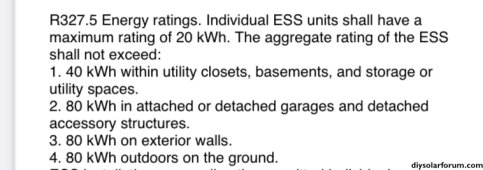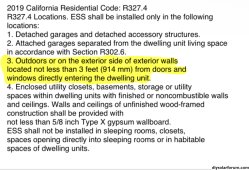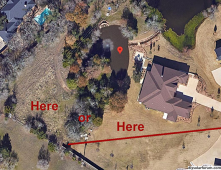The fragile Texas power grid has me motivated to get started on a DIY solar system. I want to be off-grid or almost off-grid and only use utility power as a fill-in.
Updated 10/31/2023
Today I purchased 2 EG4 18Kpvs and 4 EG4 PowerPro WallMounts from Signature Solar. Nothing could compete with this combo.
I have already purchased 32 Bluesun BSM550M10-72HBD 550 Watt Bifacial https://www.bluesunpv.com/uploadfile/downloads/BSM550M10-72HBD-USA.pdf and show my design for single-axis east-west sun-tracking ground mounts below.
I have 400A service that splits inside the meter box to feed a 150A breaker box by the meter and a 200A breaker box inside the garage. The 200A breaker box has a single 200A breaker box between it and the meter mounted next to the meter.
I have installed a couple of Emporia Smart Home Energy Monitors. After a couple of weeks, my monthly peak 15-minute demand between both panels is 17.57kw. 13.6kw for the 200A panel and 3.97kw for the 150A panel. I added below what I got from the power company.
I would appreciate any guidance to get me on the right track. Thanks!
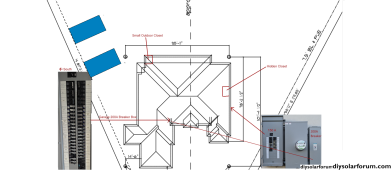
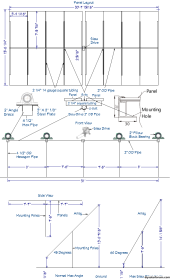

Updated 10/31/2023
Today I purchased 2 EG4 18Kpvs and 4 EG4 PowerPro WallMounts from Signature Solar. Nothing could compete with this combo.
I have already purchased 32 Bluesun BSM550M10-72HBD 550 Watt Bifacial https://www.bluesunpv.com/uploadfile/downloads/BSM550M10-72HBD-USA.pdf and show my design for single-axis east-west sun-tracking ground mounts below.
I have 400A service that splits inside the meter box to feed a 150A breaker box by the meter and a 200A breaker box inside the garage. The 200A breaker box has a single 200A breaker box between it and the meter mounted next to the meter.
I have installed a couple of Emporia Smart Home Energy Monitors. After a couple of weeks, my monthly peak 15-minute demand between both panels is 17.57kw. 13.6kw for the 200A panel and 3.97kw for the 150A panel. I added below what I got from the power company.
I would appreciate any guidance to get me on the right track. Thanks!



Last edited:







